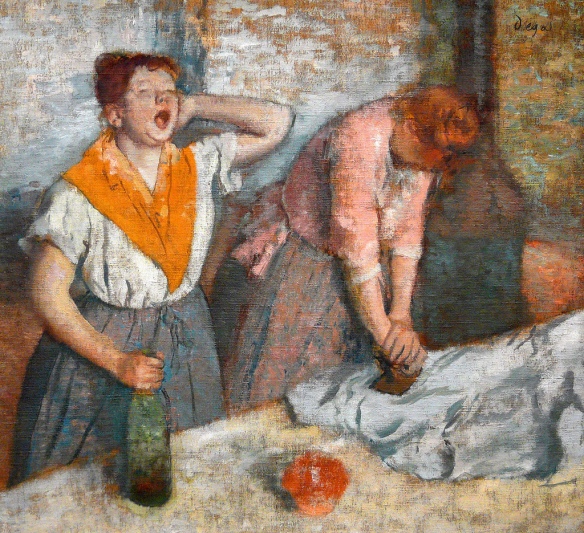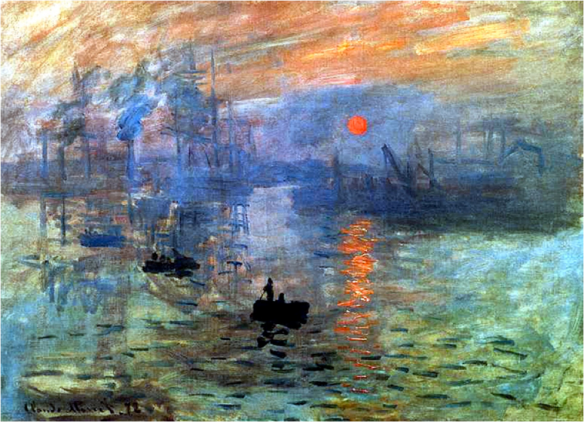
What is this a painting of?
Monet’s painting is of a main train station located in Paris, France, named Gare St. Lazare. It shows the trains going in and out of the station, people waiting to get onto the trains, and shows the great city of Paris behind the station.
Why was this painted?
This painting was painted because Monet wanted to capture the vital link between the capital of the country and the very important countryside. He wanted to capture not only the great architecture of the station and its surroundings, but also the interaction between the smoke and steam from the trains with these great structures.
Is there a story to accompany the painting?
The story behind this particular piece of art is that Monet lived in the suburbs of Paris, and he took the train into the city for when he worked, and he would go through this train station when he did.
What does this painting mean?
The meaning behind his great painting seems to be that Monet wants to show the beauty of Paris and the beauty of modernism through the steam and smoke and also through the light that comes from no type of modeling or lines in his artwork. He wanted to show the grittiness of the city and the railroad station through the steam and smoke mixing with the structures in the painting, like the train itself and roof of the station.
Why is this painting important to the movement?
This painting is important to the impressionistic movement because it shows the beauty of the movement and it captures some of the most intangible elements on canvas, fog and wind. This was usually a great challenge for the Impressionists to do, but Monet is able to show it in this one painting.
Why is it important to the history of Western art?
This piece is important to the history of Western art because it is a very unique type of painting, which does not use perspective lines like painters always used to, but where Monet changes colors and makes the painting very abstract. He also did not give the people a sense of space in his work, which was the opposite of the traditional style of painting.
Has history impacted this painting?
The new renovations on Paris by Baron Haussmann affected the painting because Monet’s painting is the epitome of the modern renovations that Haussmann made. The train stations were part of the renovations in order to create better trade and transportation of goods between the city and country side. The buildings in the back ground are Haussmann style buildings. He shows modernism with the trains coming in and all of the steam coming out of the train. Also, a lot of painters had already captured to beauty of this station in other paintings, like Manet’s The Railway.
Did this painting impact history?
This painting, although it was very unique, did not seem to impact history to big other then showing the beauty of impressionism through this style of work.
Individual Contribution: Chris Pokorny








